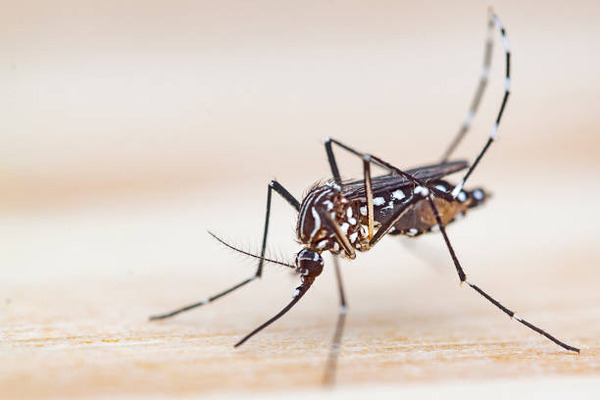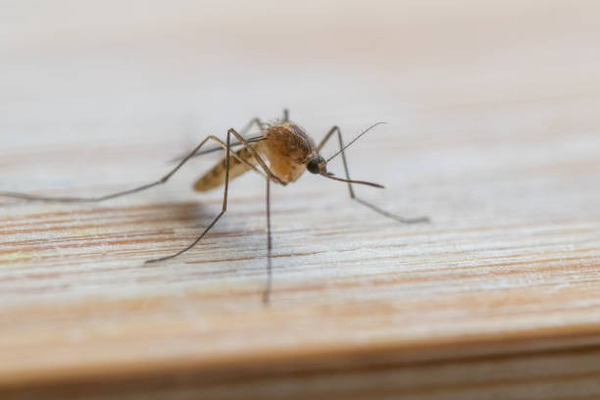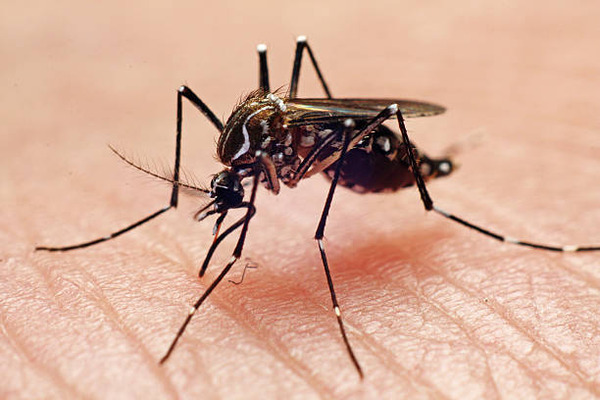INTRODUCTION:
Dengue fever is a mosquito-borne viral infection that has become a significant global health concern. The disease is prevalent in tropical and subtropical regions, affecting millions of people annually.
Dengue is caused by the dengue virus, which is primarily transmitted to humans through the bites of infected Aedes mosquitoes, particularly Aedes aegypti and Aedes albopictus. These mosquitoes are commonly found in urban and semi-urban areas, breeding in standing water in and around human dwellings.
Dengue does not spread between individuals, except when transmitted from a pregnant person to their child. Initial infection typically results in mild symptoms; however, if a person experiences a subsequent infection with a different strain of DENV, the likelihood of severe complications increases.
WHO DOES DENGUE FEVER AFFECT?
Dengue is predominantly prevalent in Central and South America, Africa, specific regions of Asia, and the Pacific Islands. Some parts of the United States also experience cases of dengue. The highest risk is associated with individuals residing in or traveling to these areas, encompassing more than half of the global population. Children and the elderly face an elevated risk of experiencing severe illness due to dengue.
WHAT ARE THE SYMPTOMS OF DENGUE FEVER?
The majority of dengue infections are asymptomatic. However, if symptoms do manifest, a high fever (104°F/40°C) is common, accompanied by:
• Rash.
• Severe pain behind the eyes.
• Nausea or vomiting.
• Pain in muscles, bones, and joints.
Dengue fever symptoms typically emerge between four to 10 days after a mosquito bite and may persist for three to seven days. Approximately 1 in 20 individuals who contract dengue and exhibit initial symptoms will progress to severe dengue as these initial symptoms start to subside.
WHAT IS SEVERE DENGUE ALSO CALLED DENGUE HEMORRHAGIC FEVER?
Severe dengue represents a critical escalation of dengue symptoms and poses a life-threatening risk. Indications of severe dengue typically manifest within 24 to 48 hours following the resolution of fever.
It is imperative to recognize that severe dengue constitutes a medical emergency with the potential for fatality. If you have contracted dengue or reside in an area where the disease is prevalent, seek immediate medical attention at the nearest emergency room if you encounter any of the following symptoms:
- Abdominal or stomach pain.
- Persistent vomiting.
- Presence of blood in vomit or stool.
- Nosebleeds or bleeding gums.
- Overwhelming fatigue, restlessness, or heightened irritability.

WHAT ARE THE RISK FACTORS OF DENGUE?
A history of prior infection with DENV heightens the likelihood of an individual developing severe dengue.
The transmission of dengue is intricately linked to urbanization, particularly in unplanned urban settings. This connection arises from various social and environmental factors, including population density, human mobility, access to reliable water sources, and practices related to water storage.
The community’s vulnerability to dengue is also contingent upon the population’s awareness, attitudes, and practices concerning the disease. Additionally, the effective execution of sustainable vector control measures within the community plays a pivotal role.
As climate change impacts tropical and subtropical regions, the risks associated with the disease may undergo alterations. Vectors may adapt to new environmental conditions and climates, thereby influencing the dynamics of disease transmission.
HOW DENGUE IS DIAGNOSED?
For individuals appearing within the initial week of fever onset, diagnostic assessments should encompass a test for the dengue virus, utilizing methods such as rRT-PCR or NS1, along with IgM. In cases where patients present more than one week after the onset of fever, the detection of IgM becomes particularly valuable. It is noteworthy that NS1 has been reported as positive up to 12 days following the initiation of fever in such instances.
WHAT IS THE TREATMENT OF DENGUE?
The sole approach to treating dengue fever involves symptom management. Adhere to your healthcare provider’s guidance, which might encompass:
- Maintaining hydration through the consumption of ample water and fluids.
- Prioritizing rest to the greatest extent possible.
- Addressing pain with acetaminophen exclusively.
Avoid the use of ibuprofen or aspirin, as these medications can elevate the risk of life-threatening internal bleeding.
PREVENTION AND CONTROL OF DENGUE:
Dengue-spreading mosquitoes are active during the day. To minimize the risk of contracting dengue, take the following precautions to protect yourself from mosquito bites:
- Wear clothing that covers as much of your body as possible.
- Use mosquito nets, especially when sleeping during the day. Ideally, use nets that are sprayed with insect repellent.
- Install window screens to prevent mosquitoes from entering living spaces.
- Apply mosquito repellents containing DEET, Picaridin, or IR3535 to exposed skin areas.
In regions where dengue fever is prevalent, a single vaccine, Dengvaxia, is authorized for individuals aged 9 to 45 who have previously experienced dengue fever. The vaccination consists of three doses administered over a 12-month period.

DENGUE VACCINE:
Approval for the vaccine is restricted to those with a documented dengue fever history or individuals who have undergone a blood test confirming prior infection, known as seropositivity. Notably, individuals without a history of dengue (seronegative) may face an increased risk of severe dengue fever and hospitalization if they receive the vaccine.
Dengvaxia is not accessible for travelers or individuals residing in the continental United States. However, in 2019, the U.S. Food and Drug Administration sanctioned the vaccine for those aged 9 to 16 who have previously had dengue fever and reside in U.S. territories, including American Samoa, Guam, Puerto Rico, and the U.S. Virgin Islands, where dengue fever is prevalent.


